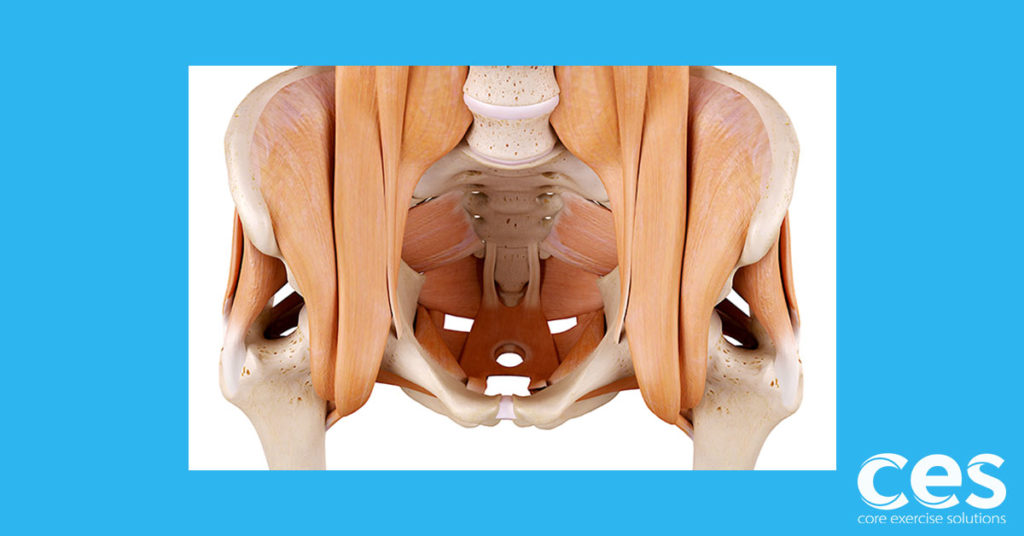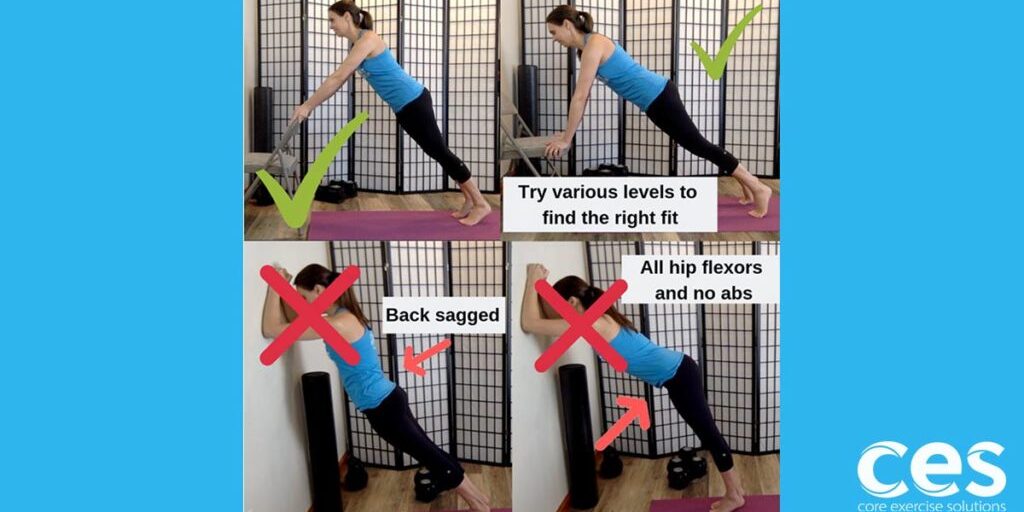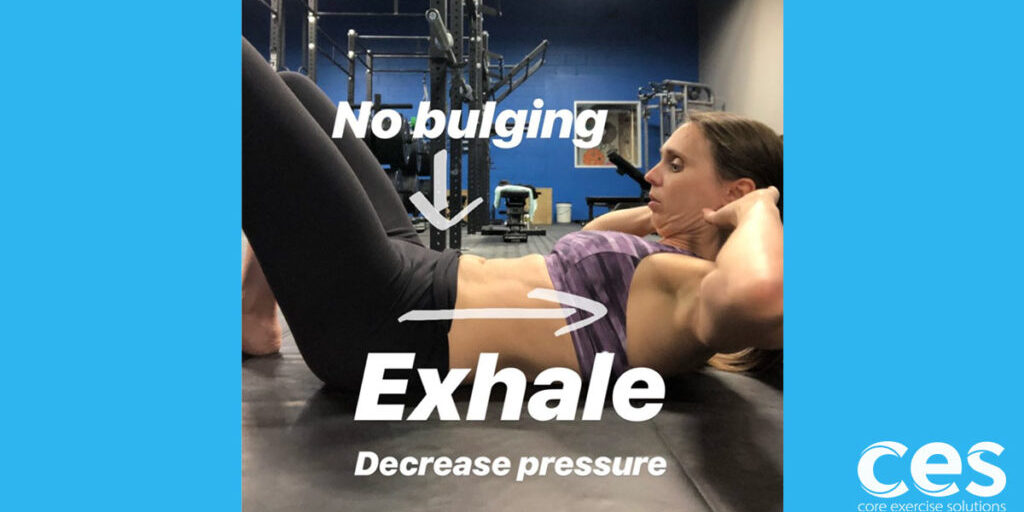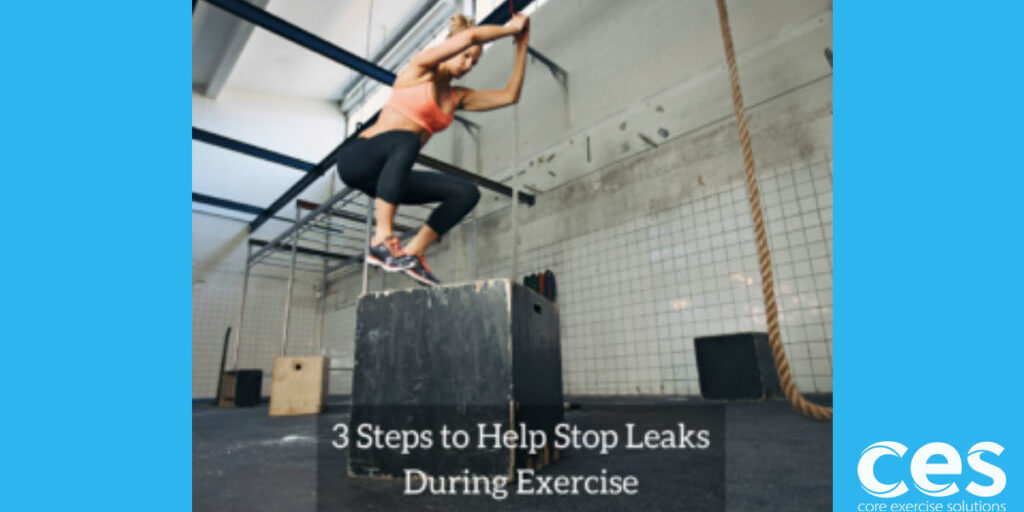You’re a mom, so the thought of having enough private time to pee and then blow your nose after you’re done probably doesn’t happen too often. Plus, since you’re a master at multi-tasking, I bet you opt to blow your nose while peeing--saves on time and you only have to wash your hands once--I get it.
But this is actually really bad for your pelvic floor and creates that embarrassing sneeze-pee no woman wants.
In fact, nearly 50% of the women I see have a pelvic floor that is strong but doesn’t function correctly. In other words, the automatic response of the pelvic floor has reversed. So when air leaves the lungs when they blow out their pelvic floor relaxes down instead of tightening up.
Don’t worry, though, this can be fixed.
Here’s a bit of background: When you inhale (breathe in), your lungs fill with air and your diaphragm contracts down into your abdominal cavity. (The diaphragm is a large muscle that sits under the ribcage and facilitates breathing.) This creates pressure down on your pelvic floor, and your pelvic floor naturally responds to the pressure by going down. Then, when you exhale (breathe out), your diaphragm comes up, pushing the air out of your lungs and your pelvic floor naturally comes up (think kegel but more of a rebound).
If this is reversed, when you exhale, your pelvic floor goes the wrong way! It goes down or relaxes instead of going up like it’s supposed to. This is terrible for someone suffering from sneeze-pee or someone experiencing a little leakage when they laugh or cough (forced exhale).
Since this is a connection issue, and not a strength issue, kegels will be of no help. So if you’re working hard on those kegels and still getting some leakage when you’re laughing, this could be the reason why.
But how does blowing your nose while peeing contribute to this? Well, if you’re blowing your nose while at the same time relaxing your pelvic floor down to let out urine, you’re purposely retraining your pelvic floor not to respond correctly.
So that reversal I described above, is happening all the time.
***
Okay, so let’s say that you are a mom who blows her nose while peeing, how do you go about retraining your system?
For starters, I know it’s obvious, but stop blowing your nose while you pee!
Next, you have to get proper diaphragm expansion and reset the timing. Poor posture, too much sitting, pregnancy, and/or tight paraspinals (back muscles), can all contribute to shutting down your diaphragm. Generally, patients I see with a dysfunctional diaphragm - pelvic floor connection are also shallow breathers, which is often accompanied by tightness in their neck, shoulders and low back.
The diaphragm should expand 360 degrees (think belly, sides and back) around the bottom of your rib cage. Let's assume you can breathe deeply, not letting your chest and shoulders rise. Women often get too much belly expansion with this breath and not enough sides and mid-back.
Here’s a tip on how to achieve this:
Sit down and raise your feet up on a couple books (the higher the better), bend over your knees, hugging them into your chest. If you can, rest your forehead on your knees or forearms. Now, take a deep breath. Think about having the air expand into your midback, about where your bra line is located. Try not to let the air go into your chest and shoulders.
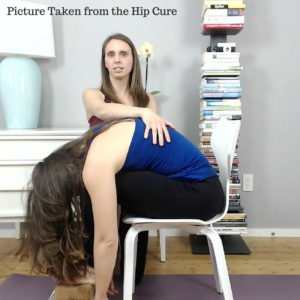
* Use caution with this and any forward bending exercise if you have a history of disc herniations. (Go easy and see how you feel.)
Once you get a feel for your mid-back expanding, start to think about your pelvic floor. As you inhale, feel your breath move pressure down into your pelvic floor. It may take some practice, but after a few sessions you should be able to feel the pressure the diaphragm puts on the pelvic floor.
Respond to this pressure by letting your pelvic floor go down, fully relaxing. (A common pelvic floor issue is holding too much tightness, so practicing full relaxation of the pelvic floor muscles is helpful.) Then, when you exhale, draw your pelvic floor up, tightening your pelvic floor muscles like you’re doing a mild kegel. It’s a natural tightening, so only about 50%. Do this breathing exercise 3-5 times per day with 5-6 breaths each session. (Too many deep breaths in a row can make you dizzy!) I find it doesn’t take long for your body to reset and realize how to respond to the diaphragm correctly, which will lead to pee-free sneezes! Woohoo!
To enhance this exercise, try it in a deep squat and utilize gravity to increase the pressure.
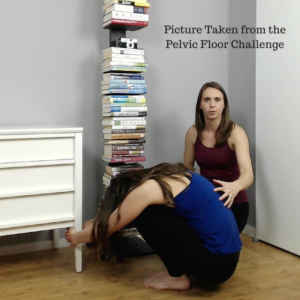
Troubleshooting: Tighten only your pelvic floor on the exhale. Do not let your glutes (butt) clench or tighten. Try and keep them relaxed as well as your neck and shoulders.
Start to incorporate breathing and the pelvic floor timing during all exercises. My favorite is squats for incorporating both!
Check out this short video for an example of training the pelvic floor during squats.
So, moms, no more multitasking when peeing! Okay, that might be too optimistic, I know, but whatever you do, resist the urge to blow your nose when peeing!
Want to stop sneeze pee forever? Check out Sarah's Pelvic Floor Program to learn how. It's a comprehensive look at the pelvic floor, that shows you why kegels don't often work and what will work instead.
Free Pelvic Floor Educational Series
Dr. Sarah Duvall, PT, DPT, CPT and the CES Team have helped thousands of women create the strength and stability needed to overcome common and not-so-common pelvic floor issues.
Join us today for this 4-part Pelvic Floor Video Series, absolutely free.
We don't spam or give your information to any third parties. View our Terms of Use and Privacy Policy.
Having trouble signing up? Click here


